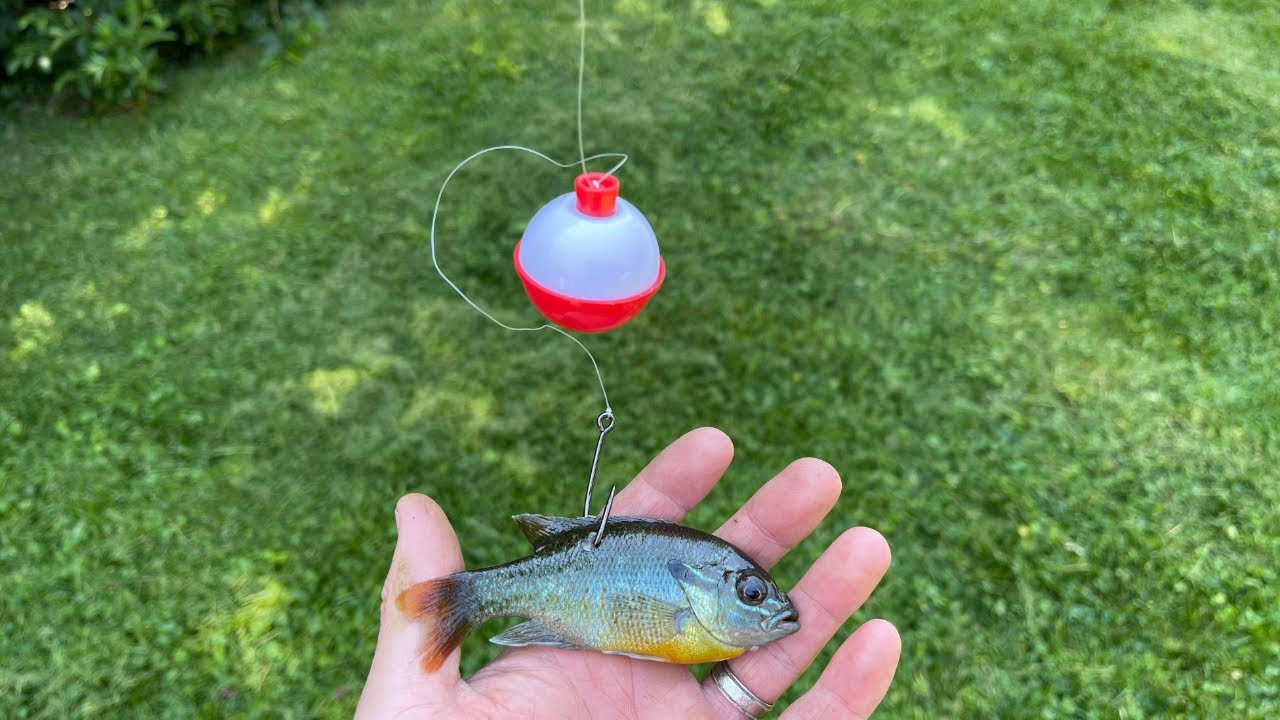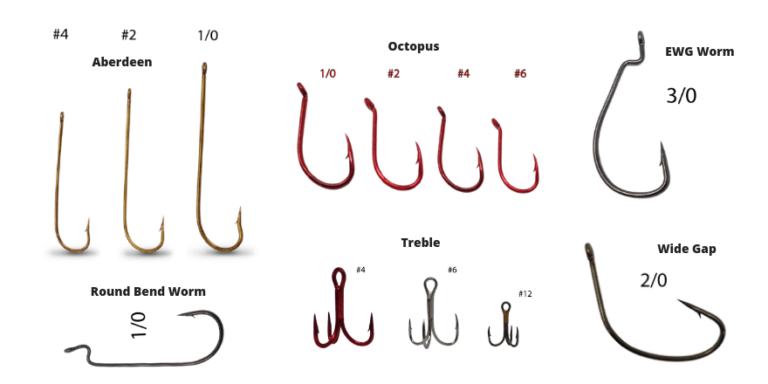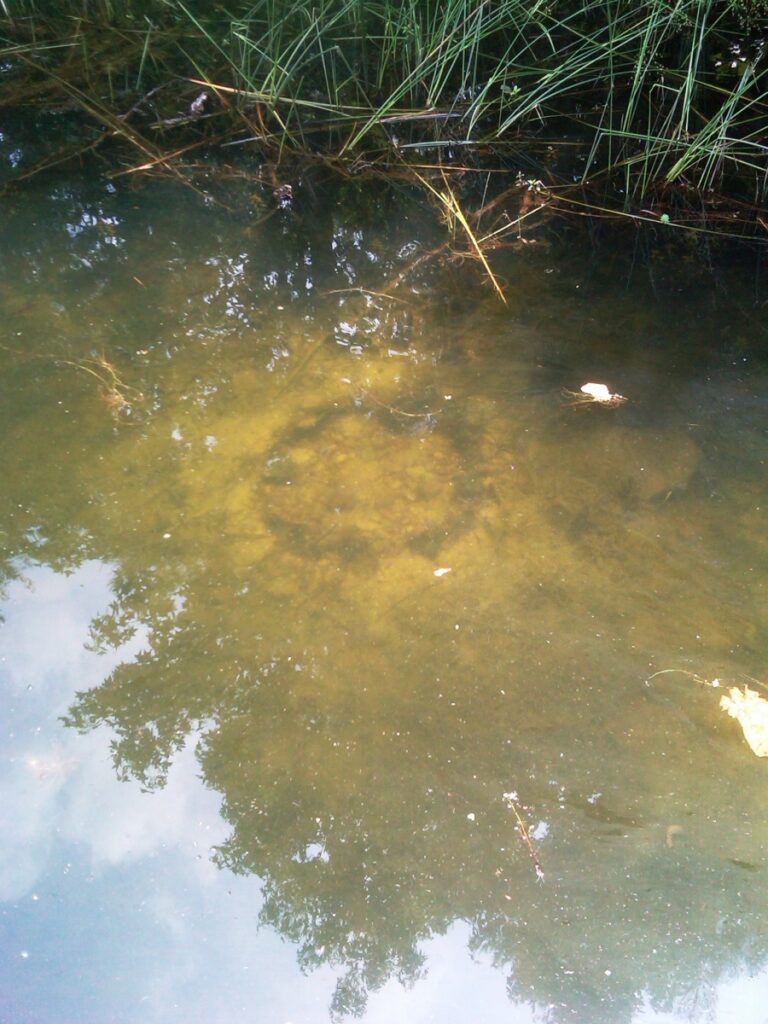How to Rig Live Bluegill for Bass

To rig live bluegill for bass, hook them through the back just above the dorsal fin or through the lips. Use a circle or live bait hook for optimal results.
Live bluegill bait is an irresistible temptation for hungry bass. Anglers know the natural movement and distress signals of live bluegills trigger predatory instincts in bass, making them an excellent choice for successful fishing trips. The key is rigging the bluegill correctly to ensure its movements appear natural while also securing the hook for a solid set.
The best method involves careful hook placement and using appropriate tackle, so your live bait struggles enticingly without escaping. Ensuring the bluegill remains lively is paramount; a vibrant baitfish often leads to a trophy bass. Remember to check the local regulations, as using bluegill as bait is not legal in all areas. An expertly rigged bluegill could mean the difference between a good fishing story and an unforgettable catch.

Credit: m.youtube.com
Selecting The Perfect Bluegill
Selecting the perfect bluegill is crucial for successful bass fishing. For bass, the right sized bluegill makes an enticing meal. Not too big, not too small – aim for bluegill that are 3 to 5 inches long.
Healthy and lively bluegill are best. They should swim well. Look for clear eyes and firm bodies. Avoid any bluegill with visible damage or signs of sickness. A healthy bluegill will struggle more vigorously, attracting more bass.

Credit: www.in-fisherman.com
Essential Rigging Gear
Selecting the right hook is crucial for live bluegill bait. Circle hooks or octopus hooks, sizes 4 to 1/0, are ideal. They are less likely to harm the fish and provide a good hookup rate.
Line and weight play a vital role in rigging. Use a monofilament or fluorocarbon line between 6-12 lbs test. Include a split shot weight to keep your bluegill submerged but allow natural movement.
Adding floats or bobbers can improve your rig. They keep the bluegill at the right depth. Plus, they make it easier to see when you have a bite. Use a sensitive bobber to detect light bites instantly.
Rigging Techniques For Live Bluegill
Rigging live bluegill for bass demands precision for successful catches. Proper hook placement ensures the bait moves naturally in water. Place the hook either through the nostril or back. This allows the bluegill to swim freely and attract bass.
Adjusting weight is key for reaching the right depth. Use split shots or sliding sinkers. Match the weight to your fishing depth for best results. Balance your float for immediate strike detection. A well-balanced float signals even the slightest bite. Keep these tips in mind for effective live bluegill presentation.

Credit: www.reddit.com
Best Practices For Live Bait Fishing
Handling a bluegill gently is key to keeping it alive and active. Use wet hands or a net to avoid removing their protective slime coat. A stressed bluegill won’t entice bass effectively. Keep it in a well-aerated, shaded container with clean water.
Watch your bluegill for signs of stress or sickness. Lethargic or erratic swimming indicates poor health. Healthy bluegills will help you catch more bass.
| Bass Behavior | Timing Your Cast |
|---|---|
| Early Morning | Cast into shallow waters with vegetation. |
| Midday Sun | Target shades or deeper areas. |
| Dusk | Focus on surface activity and edges of structures. |
Location And Presentation
Finding hungry bass requires knowing their hideouts. Bass love structures like logs, rocks, and weeds. Lily pads and docks also attract them. Cast near these areas to increase your chances.
Presenting live bluegill to bass is an art. Mimic natural movements by twitching the line slightly. Keep your rod tip up and stay alert. A soft touch often leads to success.
Different waters call for unique techniques. Clear lakes demand stealth and lighter lines. Murky waters allow for heavier tackle. Observe and adapt to the environment for best results.
Ethical Considerations And Regulations
Knowing the local fishing rules is a must before you start. Each area has its own laws. You need a fishing license and must follow size and bag limits. This protects fish populations, ensuring future generations can enjoy fishing too.
Catch and release helps keep fish alive after the fun. Use circle hooks and handle fish with wet hands. Quickly return them to the water. This care increases their survival. Remember, a safe release means more fish for everyone!
For bluegill populations to thrive, we must fish responsibly. Overfishing can lead to fewer bluegills. No bluegills, no bait for catching bass. So, keep the ecosystem balanced by only fishing what you need.
Frequently Asked Questions For How To Rig Live Bluegill For Bass
Can You Fish For Bass With Live Bluegill?
Yes, you can use live bluegill as bait for bass fishing where regulations permit it. Always check local fishing laws before using bluegill, as some areas may have restrictions.
What Is The Best Bait For Bluegill Bass?
The best bait for catching bluegill includes live baits like worms, crickets, and grubs, or small artificial lures and jigs.
What Size Hook For Live Bluegill?
For live bluegill, use a hook size ranging from 2/0 to 8/0, depending on the bluegill’s size and the target fish species. Choose larger hooks for bigger bluegill and predators.
How Do You Rig Live Bait For Largemouth Bass?
For largemouth bass, thread a hook through the live bait’s lips or back. Ensure the bait swims naturally to attract fish. Use a weight for deeper water.
Conclusion
Rigging live bluegill for bass is both an art and a science. By honing these tips, your chances of landing a trophy bass skyrocket. Remember to match the hook size with your bluegill and keep the presentation natural. Patience and practice will make these techniques second nature.
Now grab your gear, and let the thrill of the catch begin!




